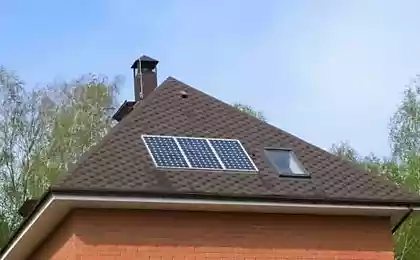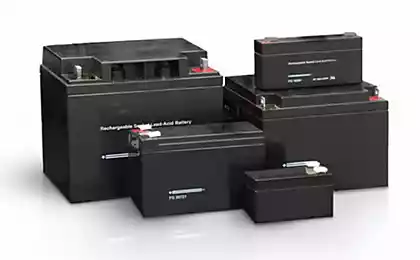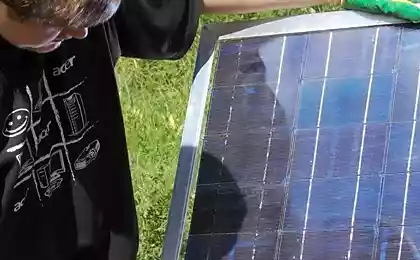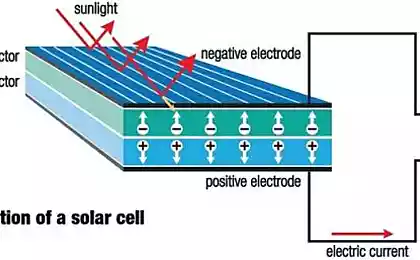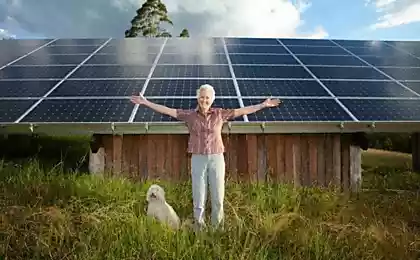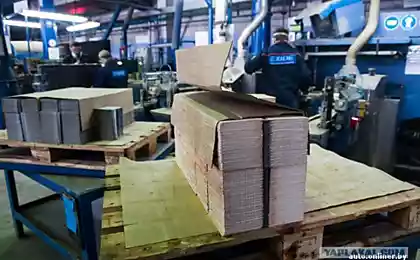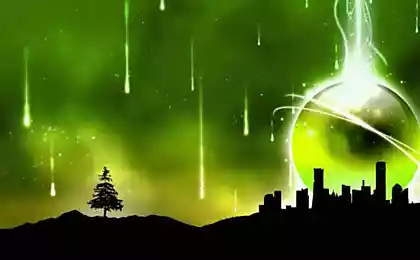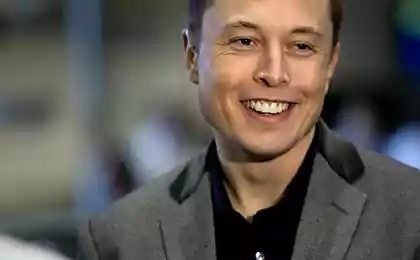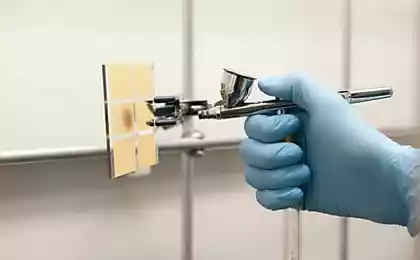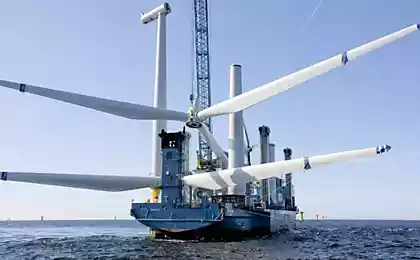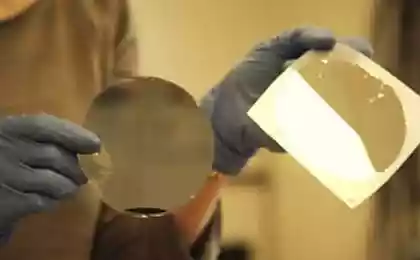518
Scientists propose to dispose of the lead from old batteries to produce new video
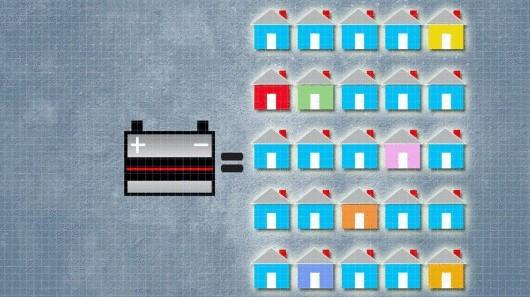
Very soon we shall say goodbye with lead-acid batteries, the replacement of which will be more efficient, cheaper and environmentally friendly alternative. Good news, but the question remains what to do with the current battery when the time comes to get rid of them? Scientists from mit have found a use for them.
Perovskite solar panels are one of the most promising technologies. Perovskite cells use a much more simple process to function at lower temperatures than silicon cells.
Despite the fact that perovskite solar panels are relatively new technology, however, due to significant progress over the last couple years, soon they will become commercially available.
The only catch is the perovskite cells is a toxic heavy metal, extraction and production of which has environmental consequences. Also lead is a key component of large batteries, and its manufacture is also environmentally dangerous.
Now, let's remember why we started the topic lead — acid batteries, which are currently about 200 million in the US alone.
Professor Massachusetts Institute of technology (MIT) Angela M. Belcher (Angela M. Belcher) said that about 90 percent of the lead recovered from old batteries is used to create a new one.
As you can see, managed to kill two birds with one stone. A research group at MIT proposed to the old lead-acid batteries recycled for further use in the manufacture of perovskite cells. It is important to note that recycled material goes through the same long and complicated path, as the primary metal.
Since the perovskite photovoltaic materials are manufactured in the form of thin films, scientists say that a single car battery can power 30 households.
In addition, simple and low temperature process used for the production of solar cells perovskite, is not only more environmentally friendly than those used to manufacture conventional silicon solar cells, but it is much easier to scale. Finished panels are also encapsulated, which means the lead is contained as long as the panel itself is not processed at the end of its service life.
The processing described in the journal energy and environmental science.
The video below shows the recycling process in action.
Source: www.scitech-news.ru/
Experts assess potential of Georgia in hydropower sector
Electricity production through train traffic


